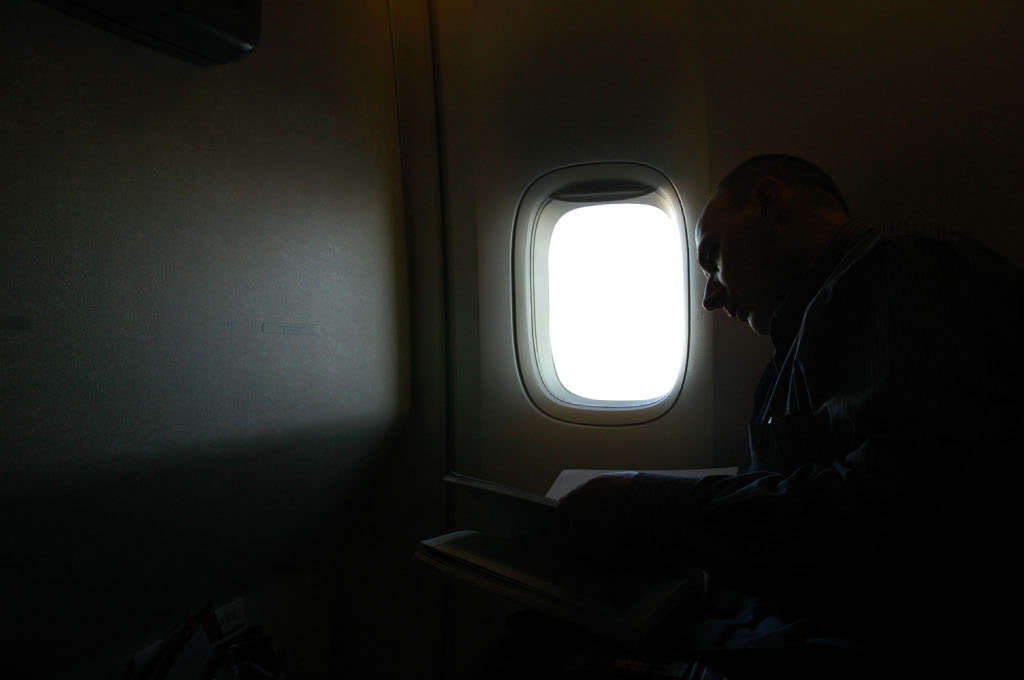With the cockpit off-limits to passengers the only direct communication that most passengers have with the pilot of a plane is his or her voice through the plane intercom. (The way the plane is flown could also be interpreted as a form of indirect communication). In some ways that voice is the user interface to all the aspects of the plane that we associate with the pilot and co-pilot – in particular our trust in them getting us to our destination safely.
I’ve been wondering about the pitch and accent of the pilot’s voice, and the difference between these and the announcements made by cabin crew. My observation, which of course I have no way of validating, is that announcements made by male and female cabin crew are higher pitched than those made by the pilot.
My observation has its biases. I tend to fly planes with Japanese air stewardesses, and when Japanese females talk formally they tend to talk with an affected higher pitched voice. It could also be that cabin crew tends to be female and pilots male, refelecting then natural differences between males and females. Or it could be the content of announcement lends itself to being spoken in a different manner. Is there a implicit hierarchy of tonality in an airplane once the role of steward/stewardess/pilot is assumed, people adopt a stereotypical voices associated with those roles?
What studies have airlines done on passenger announcements by pilots and cabin crew, both in terms of what is said, and how it is delivered? How do individuals change their pitch in order to communciate a particular piece of information or instruction? And if future technologies enable on-the-fly changes to voice pitch and accents could (and should) announcements be optimized to meet user expectations for those roles?
